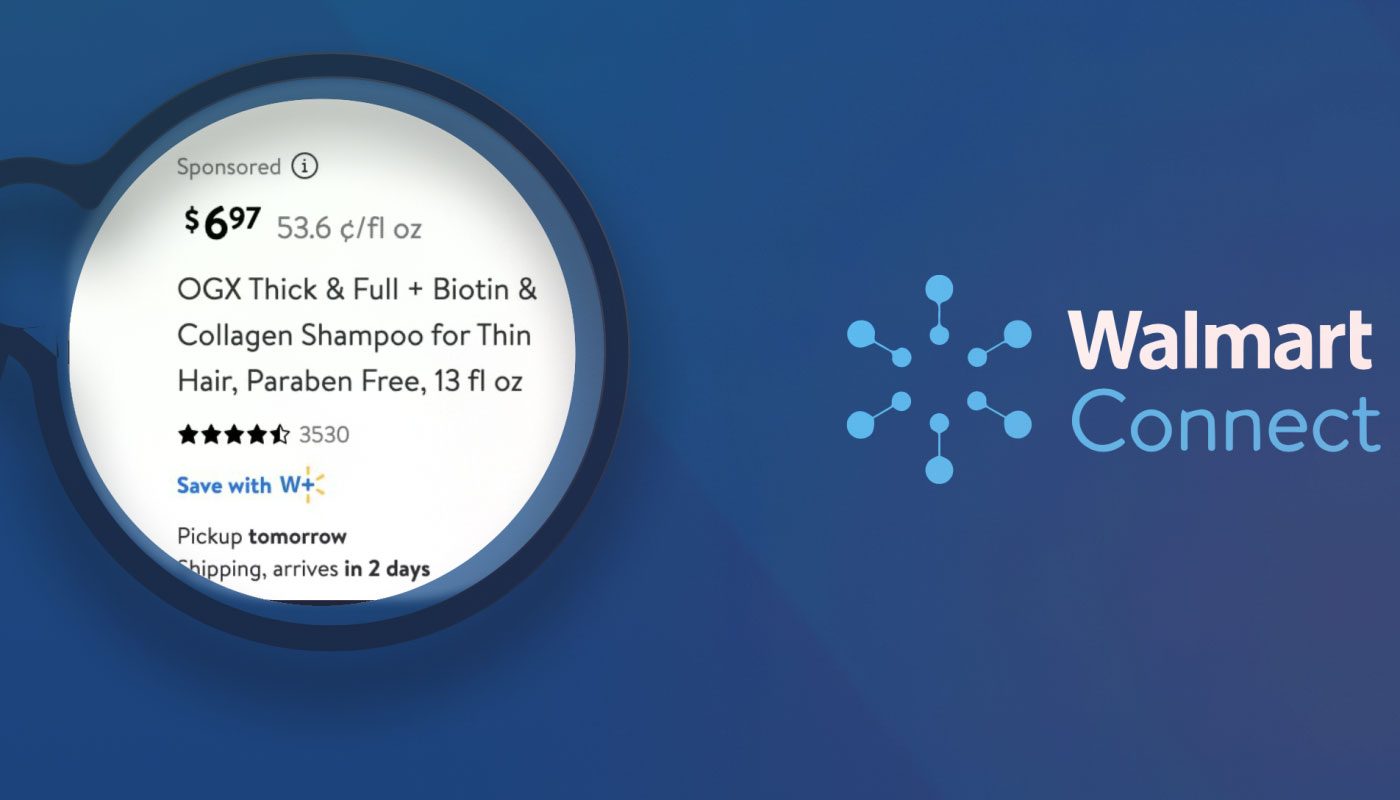What is Walmart Seller Center? Seller Center is Walmart’s portal for brands with products on Walmart.com. Seller Center is where you can access all of your retail data—meaning sales, returns, and inventory data.
It is also where sellers can make larger decisions about their shipping and fulfillment systems, analyze the effectiveness of their product pages, and more.
Here’s what you need to know about Walmart Seller Center.
Which metrics can you track in Walmart Seller Center?
In Seller Center, you can access real-time data about all types of retail metrics. Seller Center gives you real-time info about:
- Inventory. Navigate to Seller Center to see how many products you have left in stock. Walmart also automatically keeps you from over-selling your inventory.
- Sales. See instant data about your Walmart.com sales and orders in the Seller Center analytics portal. As of now, Walmart Seller Center only includes information about your digital sales.
- Returns and refunds. How often are customers returning your products? These metrics are also available to you in Seller Center. So is data about adjustments made by Walmart.
What about ads data? It’s important to note that you cannot access ad performance data through Walmart Seller Center. Ads data is housed in a separate platform called the Walmart Ad Center. You can learn more about the Walmart Ad Center and Walmart Connect here.
Do first-party brands use Walmart Seller Center?
Walmart.com offers two types of accounts: one for first-party vendors who sell wholesale to Walmart and another for third-party sellers who offer their products directly to customers.
It’s important to note Walmart Seller Center is specifically designed for 3P brands. 1P brands log in through a separate portal called Walmart Supplier Center.
How can I improve my Walmart listing?
Worried you’re missing out on expansion opportunities on the Walmart Marketplace? Don’t worry: Walmart provides optimization recommendations for you. Within the Walmart Seller Center, navigate to the “Analytics” tab, then scroll down until you see a section called “Growth Opportunities.”
The Growth Opportunities tab recommends which new products sellers should branch into next. In particular, the Assortment Growth Dashboard analyzes marketplace signals and recommends expansion opportunities where there is high search interest from customers, but a limited selection of products available.
What is the Listing Quality Score in Walmart?
The Walmart Seller Center also has a built-in tool to ensure you are making the most of your product pages. One of the data points available through Walmart Seller Center is called the Listing Quality Score.
Walmart assigns a Listing Quality Score to every product page, based on four major factors:
- Content & Discoverability
- Offer
- Ratings & Reviews
- Post-Purchase Quality
These four factors influence how your products will be ranked in search results on Walmart. If you want to know how you’re doing—or if you want to locate areas for improvement—the Listing Quality Score will tell you.
What is Walmart Fulfillment Services?
Walmart Fulfillment Services (WFS for short) is Walmart’s in-house fulfillment system. When you use WFS, like when you use FBA on Amazon, you outsource the shipping and warehouse of your products to Walmart. Just arrange for your products to go to Walmart’s warehouses.
WFS is tied into Walmart’s Walmart+ memberships program, which means that WFS products are offered with free shipping to subscribers.
The benefit of using WFS is that, according to Walmart, sellers that sign up for WFS see a 50% increase in sales. WFS products stand out on the marketplace. They also receive TwoDay Delivery and Fulfilled by Walmart tags that help them stand out in a crowded search results page.
Walmart’s vast physical store footprint also means that WFS products reach customers quickly.
You can read more about WFS—and activate it for your products—directly in Walmart Seller Center.
How much does Walmart Seller Center cost?
There’s no upfront cost to setting up your Walmart Seller Center account, but, as on Amazon, you do pay a referral fee for every sale. These exact referral fees differ based on the category, but they typically range between 6% and 20%. Walmart breaks down all of these fees for sellers here.
Which APIs does Walmart Seller Center offer?
Seeing your real-time Walmart data in the Seller Center portal is great, but it’s a pain to manually download and connect all of your reports through mapping tables. If you want to see which product had the biggest performance swing last month, for example, you need to join together a number of reports.
Luckily, you can automate the process by leveraging the Walmart Marketplace API. For what it’s worth, Intentwise is a Walmart API Partner, and we include both sales and ads data in our Walmart Ad Optimizer. See your data all in one place, benefit from our in-house optimization recommendations, and easily adjust your campaigns through automated rules.
Want to learn more about Walmart Connect, Walmart’s ad network? Now is the time to get started with Walmart Connect, and get an edge on your competitors. Brush up on all of the key terms and best practices in our free Walmart Connect whitepaper.








